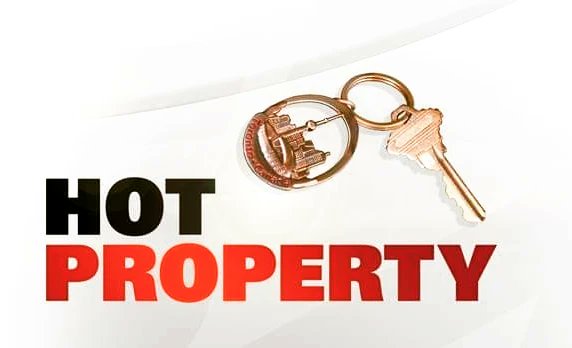A brand is more than just a pretty face. It’s a financial asset albeit an intangible one. If your business does well and your logo gains consumer recognition and goodwill, the logo that brings favorable associations to mind becomes valuable in its own right.
Your new business and its logo might not be there just yet, but with every customer who begins to recognize your brand and is more likely to buy because of it, the more valuable it becomes. In short, if you’re in it to win it, your brand, and its associated logo, are hot property. Let’s begin with logos and how to build them and then look at all the reasons why logos are such a valuable tool.
How to Design a Logo
A few people might think that a logo is a brand. It’s only part of it. Your logo is designed to fit your brand, and not the other way around. So before you begin to design one, think about the voice, identity, promise, values, targeting and positioning that the logo must represent. Rather a lot to fit into a simple logo? Perhaps, but at the very least, your logo shouldn’t conflict with these elements.
Once you know what associations you want your logo to evoke, it’s time to start designing it. The first step is to generate several options that might fit the bill, and you can do so quite easily with the help of a free logo maker. Once you have tested your ideas out on your team and on people who are within your target market, you can get a graphic designer to polish up your concept if need be.
How the Brain Processes Logos
Logos can help people to see what you do, but they can also evoke deep-seated reactions in the minds of your audience even when they have never done business with you before. If they have been your customers in the past, that reaction will be modified by their experiences when doing business with you or using your products. It has been said that a picture paints a thousand words. Your logo is a very simple picture, but it says a lot of things about you and sparks mental connections and even emotions. Will they be positive? That’s up to you!
It wouldn’t be too much of an exaggeration to say that people can even fall in love with logos – or dislike their associations so much that they won’t touch anything that carries a specific one. It’s no wonder then that new logos often spark emotional reactions and even rigorous protest. Back in 2000, Gap decided to launch a new logo, sparking so much public outrage, that it was forced to revert to its old one.
At-A-Glance Recognition
The most practical purpose of logos is simple. It helps new customers to notice you and old ones to recognize you in an instant. You don’t have to look at the interior of a Mcdonalds or read the signage or menu to know that there are burgers to be had: you know it the instant you see the logo. The key here is “instant.”
That’s why the best logos are all deceptively simple. “Deceptively” because a great deal of thought and careful strategizing goes into the creation of a great logo. Did the first draft get implemented? Probably not!
Standing Out From the Competition
When you’re developing your logo, it may be tempting to try something similar to the type of logos your competitors use. After all, you’re in the same market, so if their logo works for them, your similar-looking one could work for you. Wrong!
The whole point of branding is to look different from your competitors. You simply can’t compete if you’re just a carbon copy of another business that’s already doing well and already has a big customer base. You can compete if you do something better than they do or target a slightly different market niche.The last thing you want is to look and be just like your competition. Be different, and let the visual message your logo conveys reflect that.
A Logo Fosters Loyalty and Repeat Business
Let’s suppose you bought something that you really like at a local supermarket. You’d like to get it again. But there are many similar-looking products on the shelves. What do you look for?
To be sure you’re getting the thing you really want, you look out for the brand name. Even easier: you look out for the logo and the colors you associate with that product. If you can’t spot it easily, you shrug your shoulders and select something similar: brand fail alert! You don’t want this happening to you, your products, or your business. Make a visual statement that can’t be missed and get that repeat purchase.
Let’s assume you found the product you wanted, bought it for a second time, and liked it just as much. You begin to identify with it. “I don’t eat just any chocolate cookies. I eat Turvey’s SuperDelicious Choco Crunchies,” you say. It becomes part of your consumer identity. You won’t easily settle for something else. That’s brand loyalty.
Your Logo is Your Business’s “Flag”
In the battle to win over consumer’s hearts and minds, your logo is the emblem that represents your company. If you satisfy your customers, it becomes a standard around which they rally. If you fail to do so, it becomes a symbol of aversion. Which of these your logo will represent will depend on the customer experience you deliver. Fly your flag with pride!
